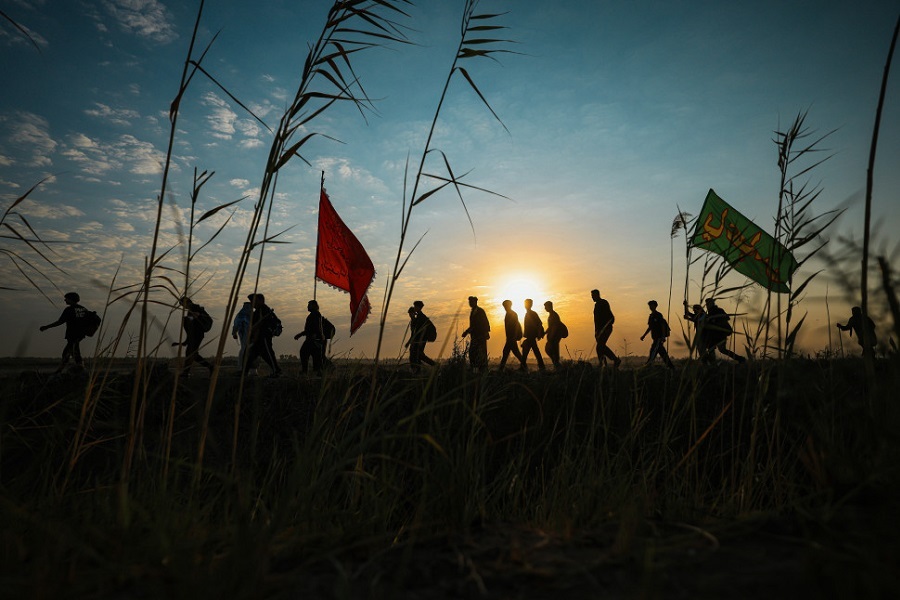Scholar Links Arbaeen Rituals to Foundations of Islamic Civilization

Hojat-ol-Islam Hamidreza Motahhari, a faculty member at the Research Institute for Islamic Sciences and Culture, said understanding Arbaeen within a historical framework is essential to shaping what is often referred to as a “new Islamic civilization.”
“Although in recent years discussions on a new Islamic civilization have largely focused on theory, without reference to the history and legacy of Islamic civilization we cannot envision its future,” he told a forum on Saturday, stressing that any such vision must be rooted in the achievements of the past.
Motahhari drew parallels between the formative period of the Prophet Muhammad’s (PBUH) government in Medina and the present-day Arbaeen pilgrimage, which annually draws millions of participants to Iraq to commemorate the martyrdom of Imam Hussein (AS), the grandson of the Prophet (PBUH).
Read More:
He identified four main elements that he believes connect Arbaeen to the ideals of Islamic civilization: security, generosity, unity, and justice.
The first, he said, is security, noting that in Medina the Prophet’s initial priority was to create a safe environment for the new Muslim community.
“Today, along Arbaeen pilgrimage routes, visitors feel complete security. If this sense of safety becomes institutionalized, it can be an important step toward building an Islamic utopia,” he said.
The second element, he argued, is generosity and compassion. He likened the hospitality shown to Arbaeen pilgrims to the support given by the Ansar (Helpers) of Medina to Muslim migrants from Mecca. This tradition, he said, if sustained across the Muslim world, could underpin a future Islamic civilization.
Read More:
Motahhari cited unity as the third element, pointing out that the Prophet (PBUH) worked to weaken tribal divisions and foster cohesion among Muslims. He said the Arbaeen gathering reflects this unity, bringing together people from various ethnicities, nationalities, and Islamic schools of thought—and even some non-Muslims.
The fourth element is justice, which Motahhari described as a defining feature of the Prophet’s governance in Medina. He noted that justice must be given special attention in shaping any new Islamic civilization.
4299060



